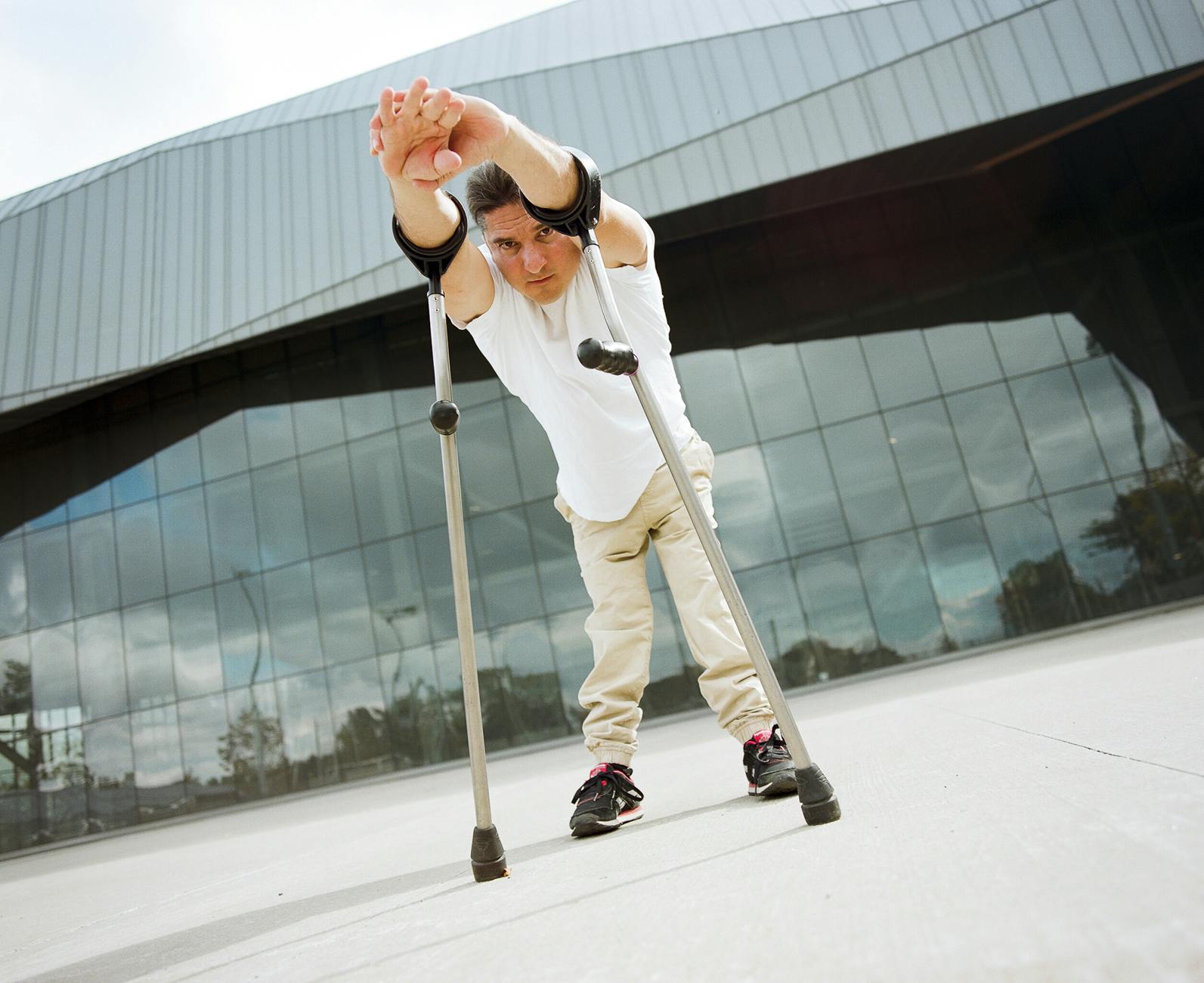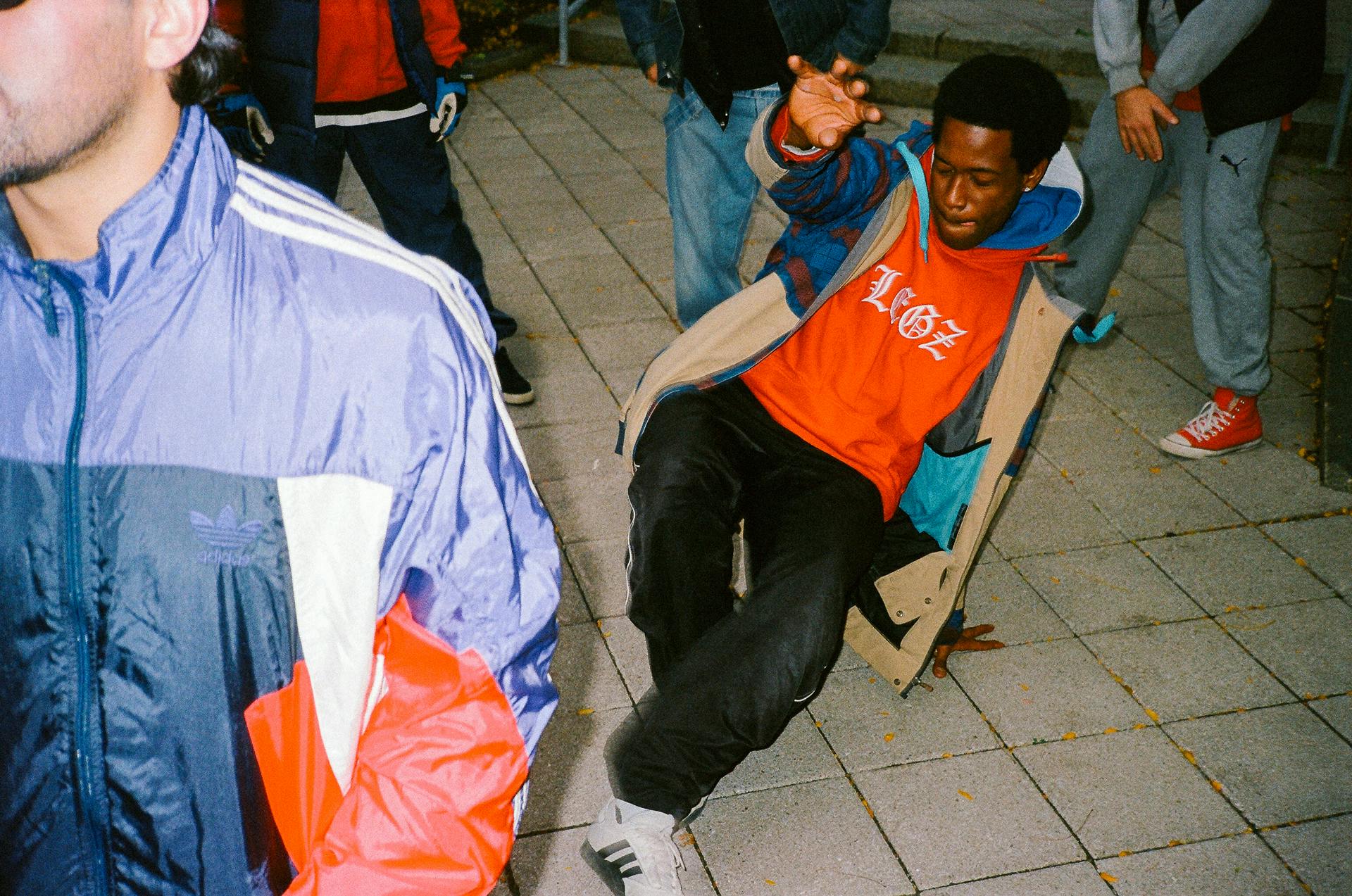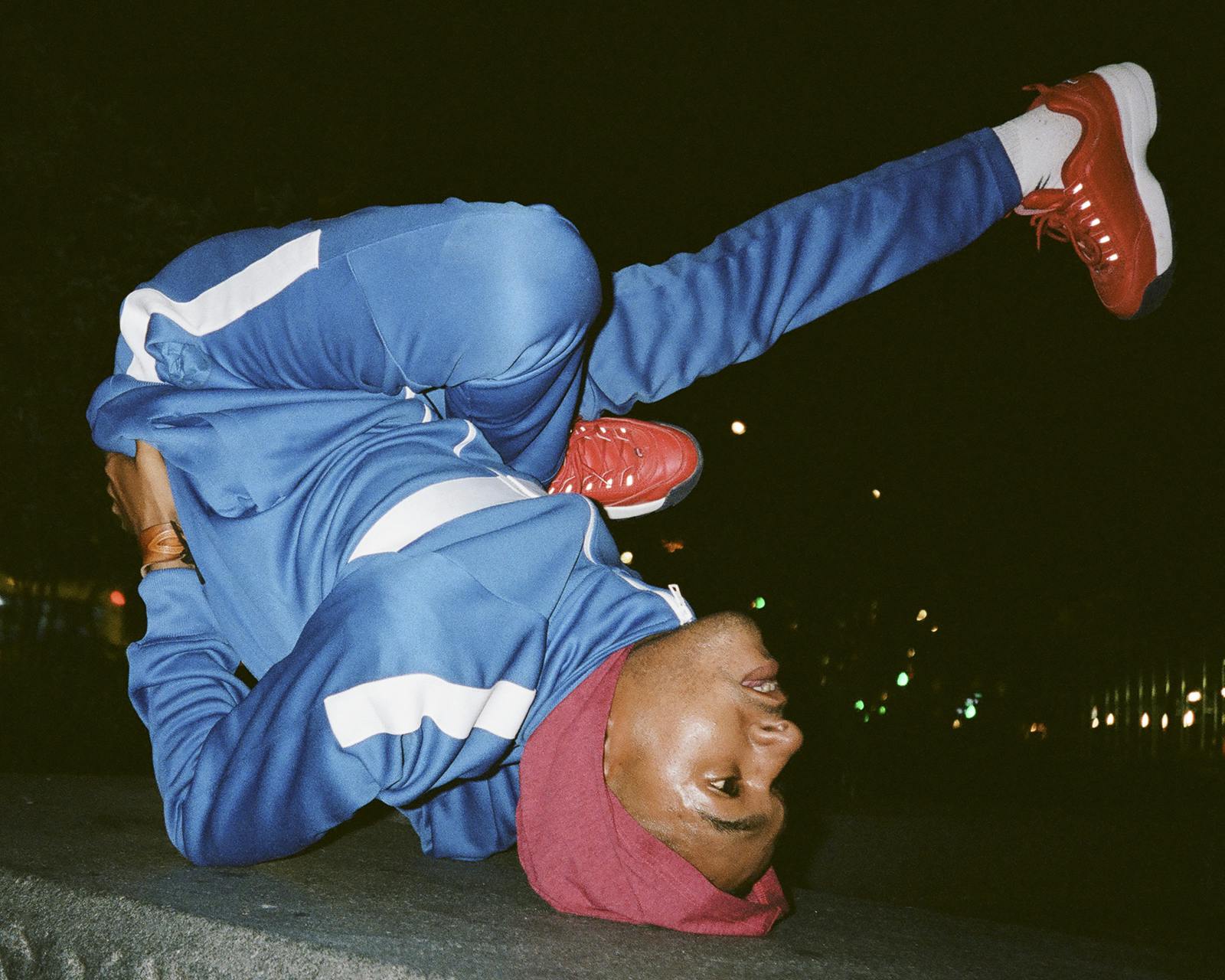Frankie Perez’s photo book is a raw ode to street dance culture
The photographer and filmmaker’s debut book See Me Up? It’s ‘Cause I’ve Been Down is a vibrant documentation of breaking and the wider street dance scene
“I look at it as a visual love letter,” photographer and filmmaker Frankie Perez says of his new self-published book. “I wanted to create a body of work centred around the street dance culture I grew up in. To my knowledge there had never been a photo book solely dedicated to this subject matter, especially one that heavily emphasised breaking.”
See Me Up? It’s ‘Cause I’ve Been Down is the manifestation of Perez’s desire to paint a more holistic portrait of the contemporary street dance scene from an insider’s perspective. “I wanted to explore all in one place some of the nuances that make up parts of the culture that I felt could be overlooked at times,” he explains, from street-hitting (busking) to cyphers, where dancers perform in the middle of a circle of people. While the book captures the kinetic energy of dance and motion, it also takes a look at the quieter moments, from simply hanging out to balancing being a high-profile dancer with parenthood.
The photographs were made from 2018 to 2020, with the majority taken while Perez was living between New York City and Montreal, alongside images from Florida, Mexico City, Boston and Texas. The book features images of friends, members of his own crew Supreme Beingz, and people from the scene who he crossed paths with during his travels.

The book is self-published, which presented a learning curve since he hadn’t previously designed or sequenced a photography book before. Meanwhile, the pandemic forced Perez to adapt the casting and logistics of shooting some of the work itself.
Perez has shot and directed for clients like Vans, Converse and Depop, and feels the discipline and curiosity that got him to where he is as a dancer has helped to shape his imagemaking practice, with breaking filtering into his creative practice in multiple ways. This includes a sense of motion that can be felt throughout his work, even if he’s not photographing a dancer.
With breaking getting more attention since it was announced that it would be introduced to the 2024 Paris Olympic Games, Perez wanted to create a body of work that was both artistic and an accurate introduction to the scene. “In the general media there’s an over emphasis on explosiveness and eye-catching moves,” he says, with “not as much attention being put on the style of certain movements.”
Perez feels that the bulk of photography within the street dance scene tends to lean into competitions and battles for the purpose of promoting particular events. Outside the scene, street dance images of any kind are few and far between, and those that do exist he often finds are superficial. He feels breaking and street dance is sometimes referenced in commercial imagery featuring people who aren’t breakers (known as b-boys and b-girls), which “can come off as ‘posing’ in a way that diminishes the style of dance through either bad technique or a stereotypical portrayal”.
“From a filmmaking standpoint I think there are a lot of good stories being told in the documentary space,” he says. However, “narratively speaking I don’t think there’s been a modern representation yet that for me is artistically satisfying and really true to the essence of what we do. While some of these films have casted respected dancers, the stories haven’t been executed well. It’s a void I hope to fill with a film I’m writing at the moment that will in many ways build on what my book is about.”
In practical terms, there’s a lot going on when b-boys and b-girls are “throwing down” and while it can be tempting to catch everything, Perez’s own training as a dancer helps him to know what to look for, he explains. “Sometimes I already know what I might want to capture while feeding off what the subject is already giving me, and other times I won’t even look through the viewfinder so as to surprise myself by experimenting. I feel at home shooting within the scene whether I’m trying to creatively document something that’s happening or make a fashion image or portrait. Most of the time I’m most likely shooting someone I know which leads to good chemistry.”
Being able to document street dance, for him, brings a sense of novelty to an art form that is otherwise deeply familiar to him: “From a creative point of view it’s really fun because I get to put my own spin on something that I’ve been involved with for so long.” He hopes the book will showcase his own visual language while also showing the career opportunities for dancers in the commercial photography and film industries: “I am much bigger than my background in dance but I’ve chosen this as a starting point for what my vision of the future is going to be.”

See Me Up? It’s Cause I’ve Been Down is out now; pompmedia.com; @pluralist_























